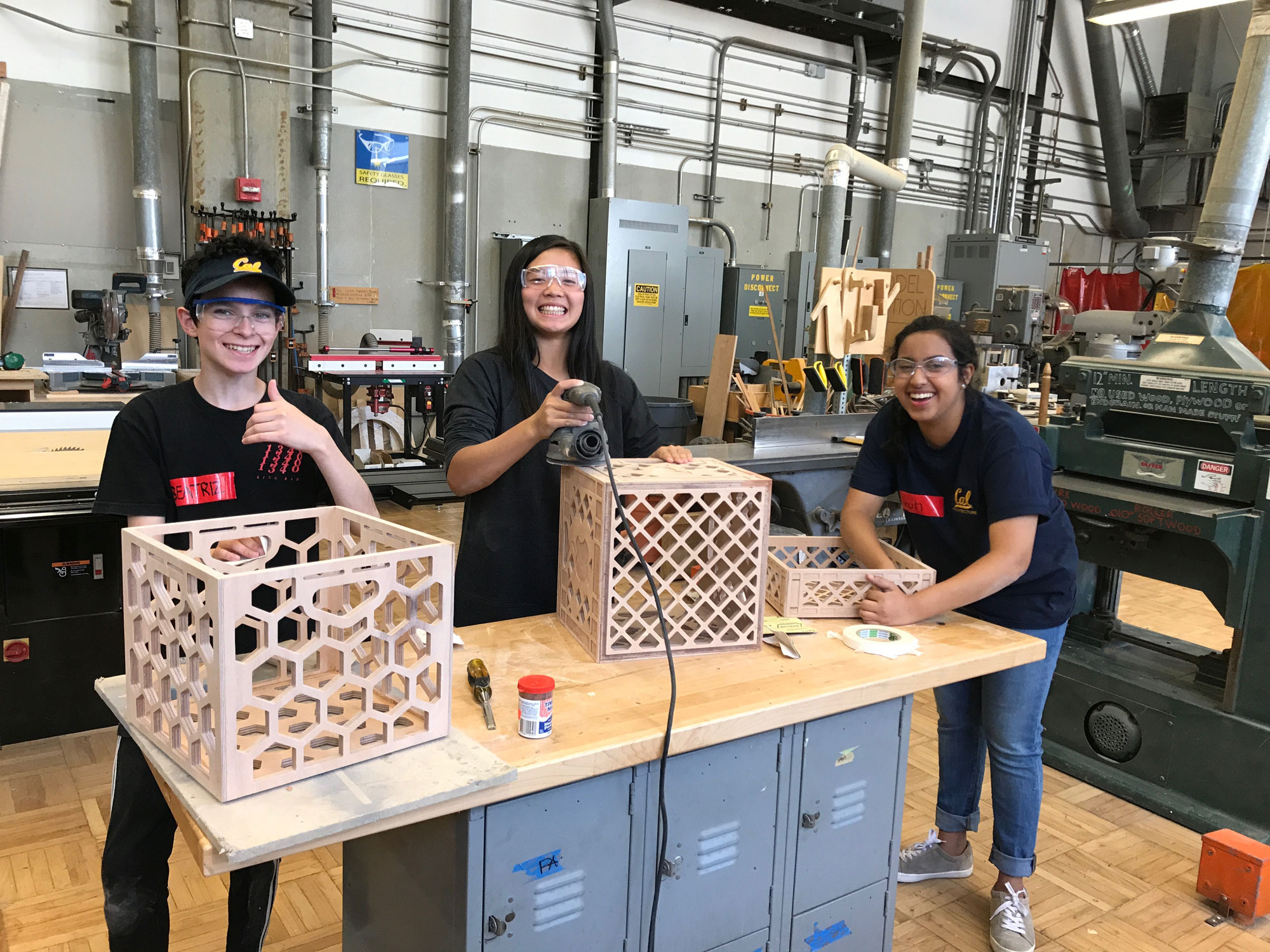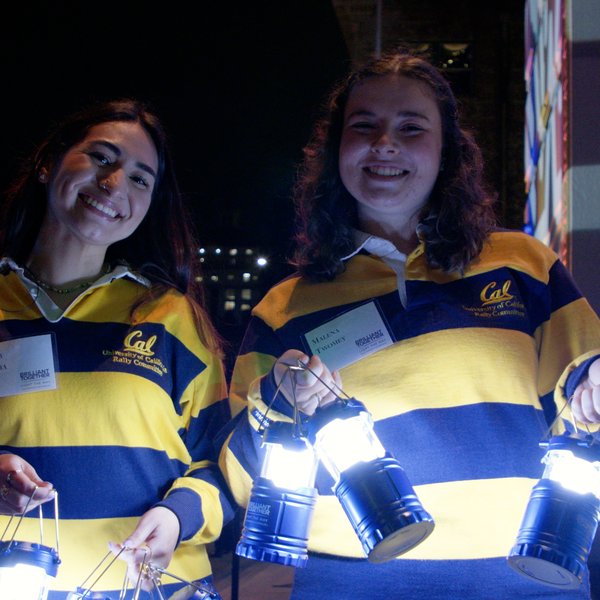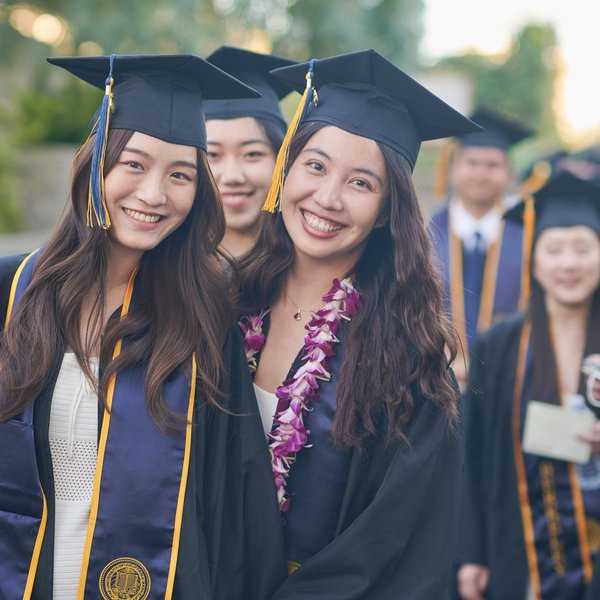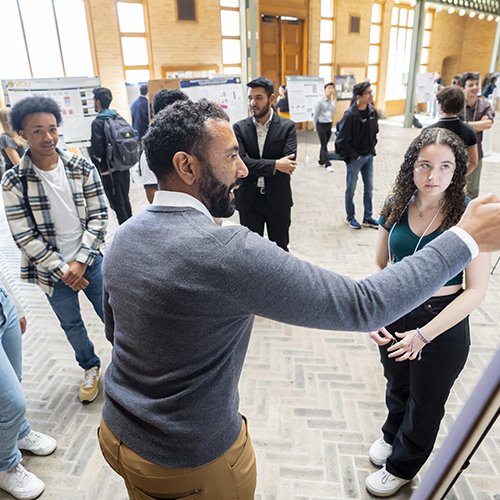-

Photo of CED students by Shawn Tsao
When the College of Environmental Design (CED) was established in 1959, the digital revolution had not yet reached the fields of architecture, landscape architecture, and planning. Practitioners still drew by hand. Today’s students use advanced software programs and tools to turn metal, plastic, and other materials into 3D designs. But those tools cost money.
Until now, charging students with technology fees has been the only way to finance these expenses. While CED partly subsidizes the fees, it doesn’t close the gap — especially for lower-income students whose financial aid does not cover facilities usage. That changed last December when Shawn Tsao ’11 endowed the new CED Technology Assistance Fund, filling a critical need that ensures all students can access tools that are essential to their education.
“As a first-generation, low-income student, I am responsible for paying for my college education.… Although I work part-time, I frequently have to choose between studio-related fees or food and basic necessities, often selecting the former because it was the only way I could afford to actively partake in my classes.” — Anonymous
Tsao, who studied architecture and is now a restaurateur and entrepreneur, can empathize with students’ resource burden. “I was reminded of a time when I was really struggling to… get my project together, even though I couldn’t really afford everything it required,” he says. “I took a job with Cal Football to subsidize the materials, software, and hardware I needed.”
A self-described “foodie,” Tsao first applied his design skills to a daily deal site for food that he started with three Cal friends. The team later launched Caviar, a food delivery service that was acquired by Square. Tsao is currently the cofounder of a hospitality group and a venture capital fund that invests in tech startups.
“I’ve been financially fortunate,” he says, “and I want to make sure that the students at Berkeley are taken care of.”




